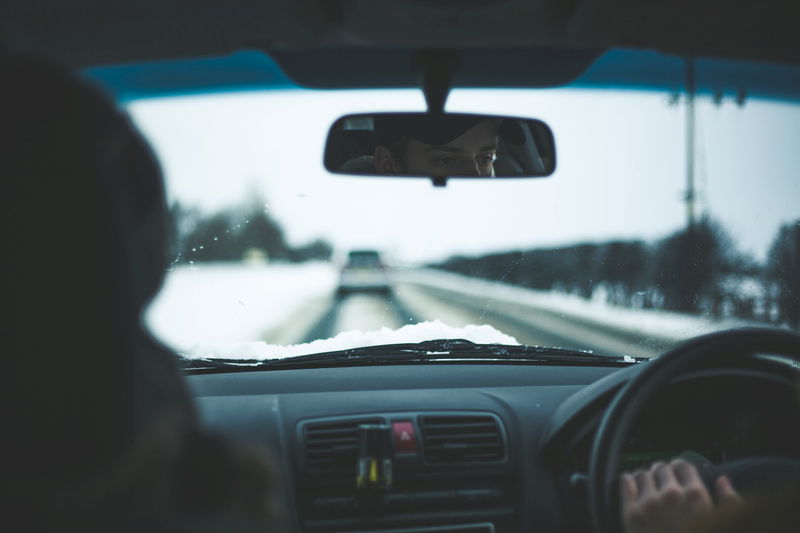Winter driving tips

As the weather turns colder, we thought it would be a good time to share our tips on driving safely during the Winter months. Even experienced drivers can struggle with fewer daylight hours and poor driving conditions making the roads more dangerous than usual.
Before you set off
Make sure you have sufficient tread on your tyres and consider switching to all-season or winter tyres if you'll be making regular journeys during poor weather conditions. The legal minimum tread is 1.6mm, although grip is reduced on less than 3mm so it may be worth replacing your tyres sooner than planned. Ensure your front and rear lights are working and not covered in snow.
It's also important to ensure that both number plates are visible too.
Check your fluids. Check your cars manually to see if your antifreeze will need topping up and ensure you have enough fuel for the journey.
Clear your windows and mirrors thoroughly. We recommend clearing snow off your roof first and it can fall on to the windscreen once the vehicle is moving.
All your windows and mirrors should be clear of condensation, ice or snow and invest in an ice scraper and de-icer to keep in the car too. Don't be tempted to use boiling water to defrost your windscreen, as in extreme temperatures hot water freezes quicker than cold, so you may add a fresh layer of ice. Water dripping on the floor may also freeze and become slippery too.
It's a good idea to have an emergency kit in your vehicle in case you get stuck somewhere. Consider keeping a bag in the boot which contains -jump leads or a battery pack, warm clothes and sturdy shoes, a warning triangle, a torch (with spare batteries), a battery pack and charging lead for your phone, a first aid kit and a shovel.
Stopping distances can be up to 10 times longer on icy roads whilst driving
Give yourself plenty of time to deal with additional traffic, lower driving speeds and unexpected incidents. Keep your distance. Stopping distances can be 10 times longer when the road is icy and slow, gentle manoeuvres are essential to ensure you're driving safely. Consider pulling off in second gear and release the clutch slowly to avoid wheel spin in icey or snowy conditions. Low gears are recommended when driving downhill. Be aware of low visibility. Snow, heavy rain and fog will all affect your vision and the vision of other drivers. Be more cautious and considerate than usual.
IF YOU GET INTO DIFFICULTIES
If you end up hitting a patch of ice on the road, there are things you can do to recover from it. When you lose control of the car, keep both hands on the wheel and avoid braking. You should also try to steer into the skid - this should help your vehicle straighten up so you can regain control.
Be familiar with the air conditioning settings within your vehicle in case your windscreen fogs up. If your visibility is compromised, we recommend pulling over in a safe space and allowing the windscreen to clear before continuing your journey.